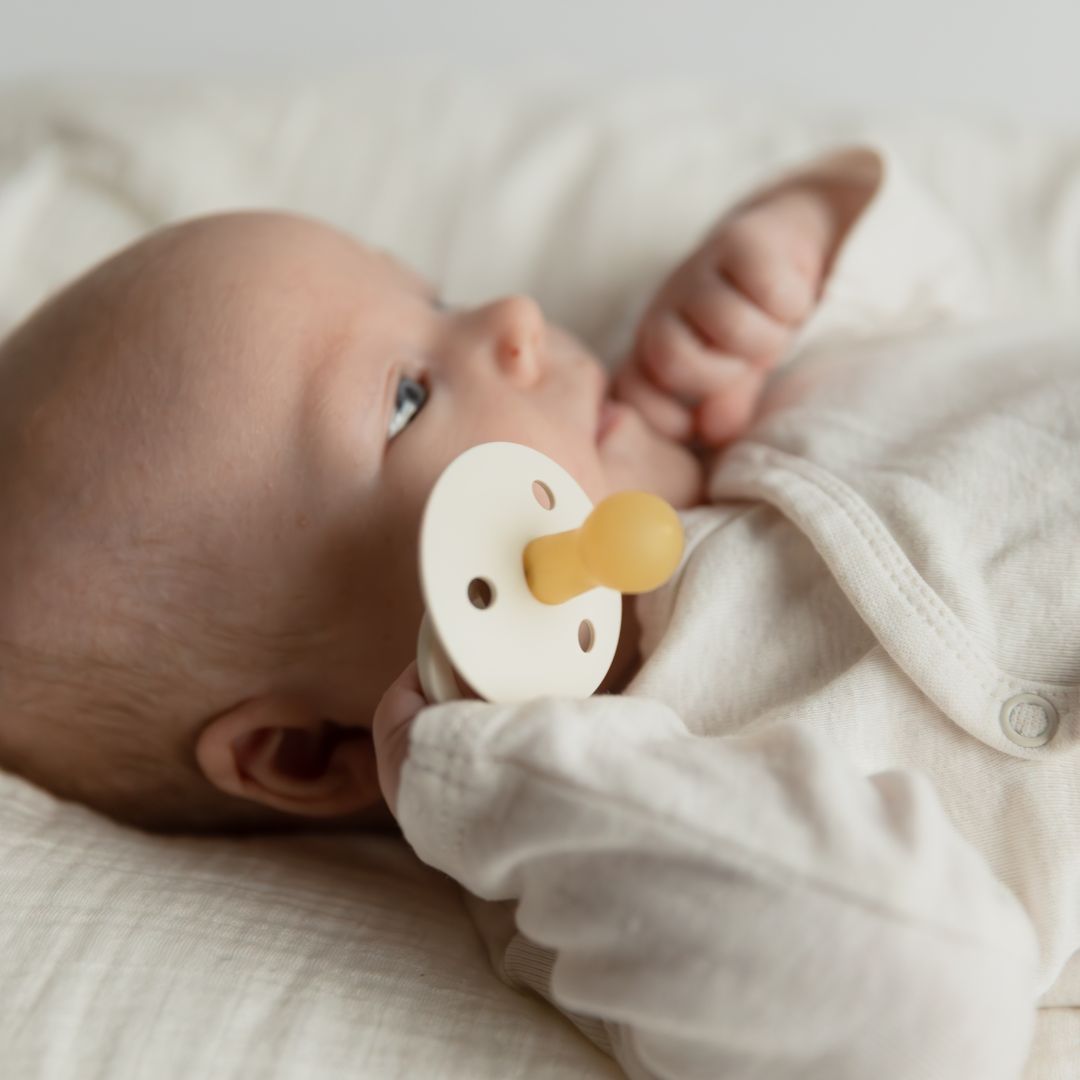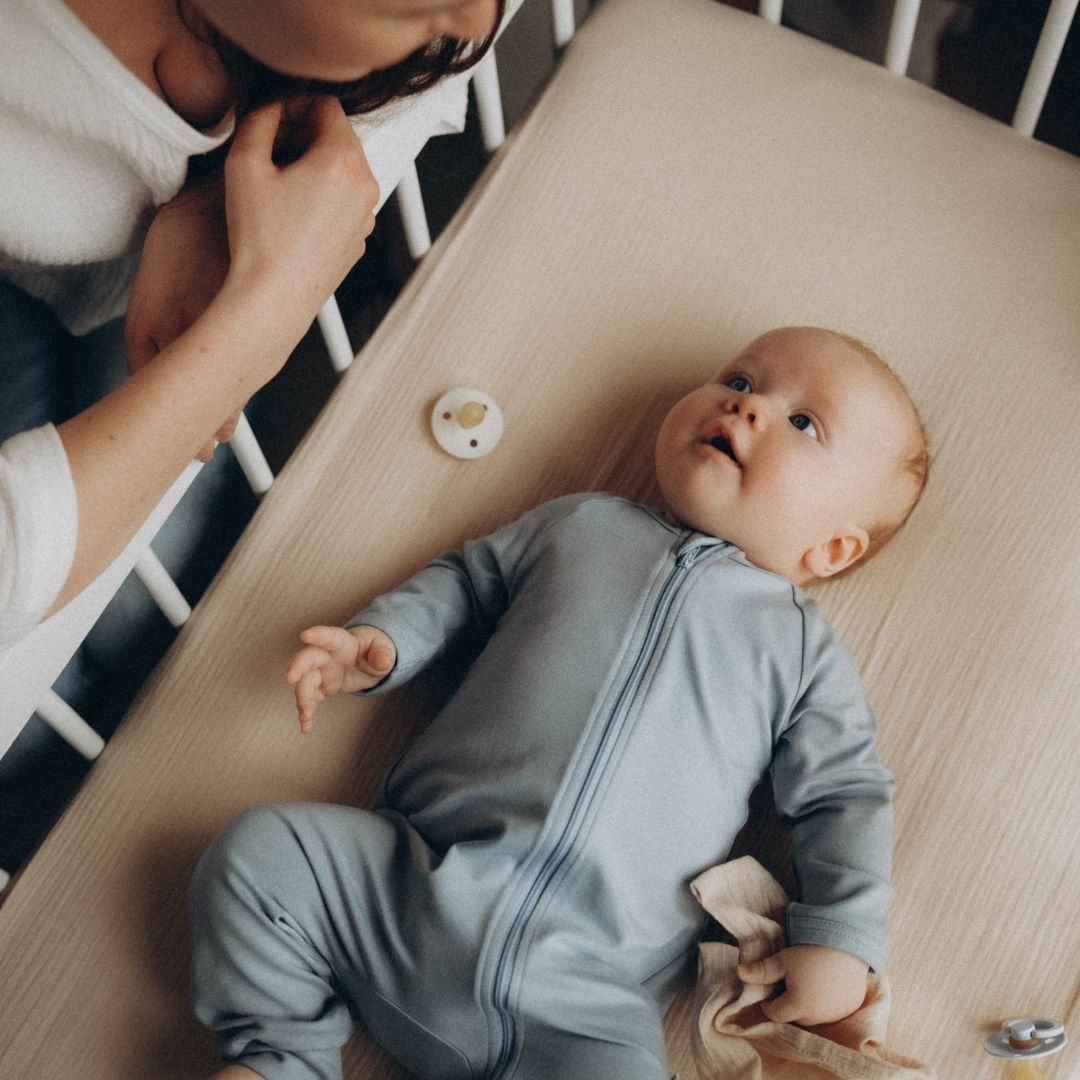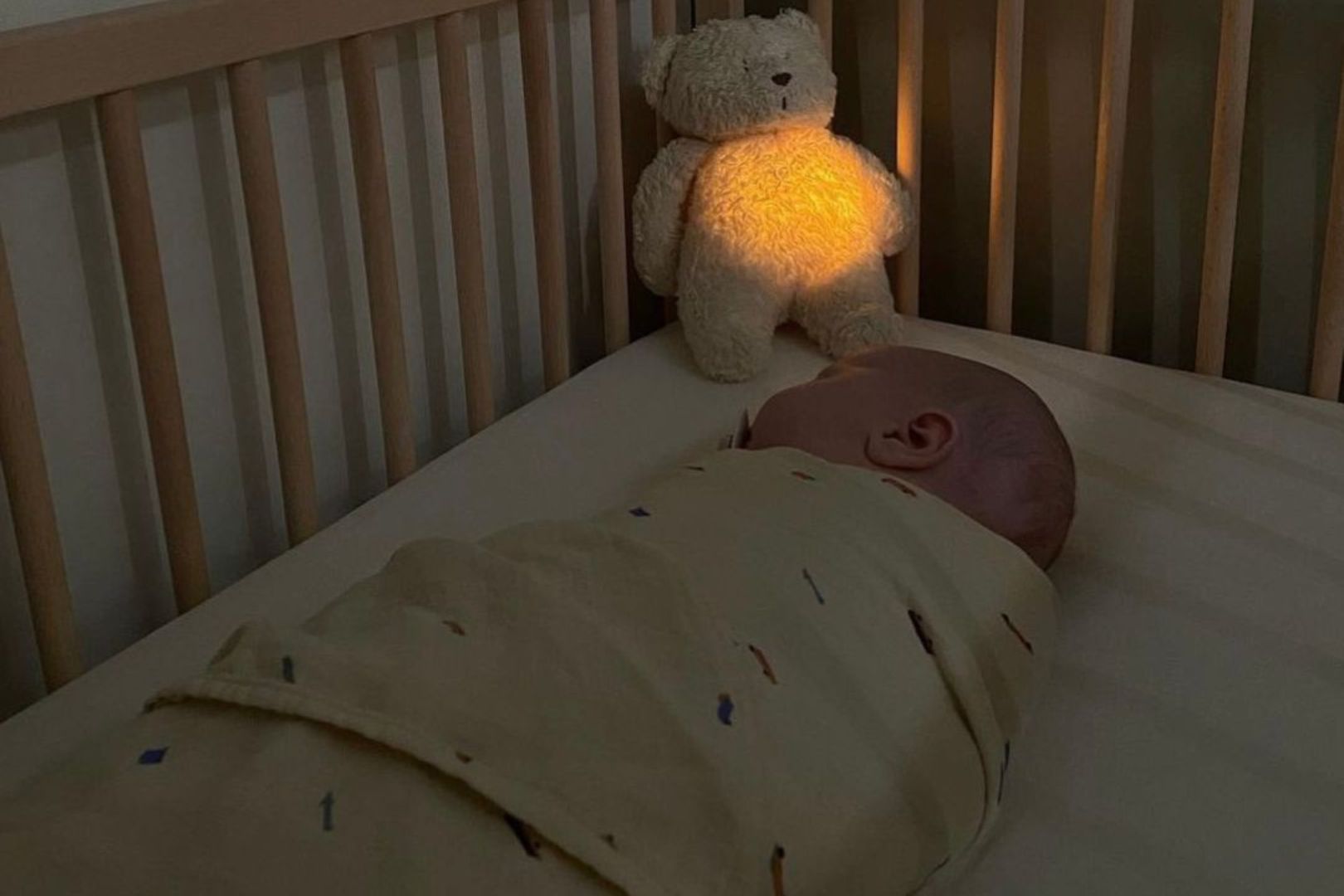Swaddling a baby, also known as wrapping, is a technique that involves securely wrapping a baby in a lightweight blanket or swaddle cloth, keeping their arms snugly by their side. It provides them with a sense of security and comfort. It can also help prevent the baby from startling themselves awake with their own movements.
Swaddling is typically suitable for newborns up to around 2 to 3 months of age. As babies grow and start to roll over, swaddling should be discontinued to allow for their mobility and to reduce the risk of suffocation.

Understanding the Benefits of swaddling
Swaddling can have several benefits for babies when done properly.
- Sense of security and comfort: Swaddling can mimic the snug feeling of being in the womb, providing babies with a sense of security and comfort.
- Reduces startle reflex: Newborns have a strong startle reflex, which can often wake them up or disrupt their sleep. Swaddling can help minimize this reflex, allowing babies to sleep more peacefully.
- Promotes longer sleep durations: Swaddling can help extend the duration of sleep for some babies. By providing a secure and cozy environment, it can potentially improve their ability to self-soothe and fall back asleep when they wake up during the night.
- Enhances breastfeeding: Swaddling can assist in creating a calm and focused environment for breastfeeding. It can help limit distractions and keep the baby's limbs from flailing, allowing them to feed more effectively.
- May reduce crying and colic symptoms: Swaddling has been suggested to reduce crying and colic symptoms in some babies. The gentle pressure and containment provided by swaddling can have a soothing effect, helping to calm a fussy baby.
Choosing the material and size for swaddling blankets
When it comes to choosing the material for swaddling blankets, opt for a lightweight and breathable fabric that provides comfort and doesn't cause overheating. There are several options:
- Muslin: Muslin swaddling blankets are lightweight, breathable, and soft. They allow air circulation, which can help prevent overheating. Muslin blankets also tend to become softer with each wash, making them more comfortable for the baby.
- Bamboo: Bamboo fabric is known for being hypoallergenic, breathable, and eco-friendly. It is soft, silky, and naturally temperature-regulating, making it a great option for swaddling.
- Cotton: Cotton is also a popular choice for swaddling blankets due to its softness and breathability.
- Flannel: Flannel blankets are soft, warm, and cozy, making them suitable for colder climates or during the winter months. They provide extra insulation and can help keep the baby snug and comfortable.
Ultimately, the best material for swaddling will depend on your personal preference, the baby's comfort, and the climate conditions.
The size of a swaddle blanket can vary, but a general guideline is that it should be large enough to securely wrap around the baby while allowing proper movement of the hips and legs. Most standard swaddle blankets range in size from 90 x 90 cm (35 x 35 inches) to 120 x 120 cm (47 x 47 inches).

Step-by-step guide for wrapping your little one
Here's a step-by-step guide on how to swaddle a baby:
- Start with a large, thin and breathable blanket or a purpose-made swaddling blanket. Muslin, bamboo or cotton blankets are popular choices.
- Lay the blanket on a flat surface, such as a bed or changing table, in a diamond shape with one corner pointing towards you.
- Fold the top corner of the blanket down about 15 cm (6 inches) to create a straight edge. This fold will serve as the starting point for wrapping.
- Place your baby on their back, with their shoulders just above the folded edge of the blanket. Ensure their shoulders align with the fold to create a secure wrap.
- Take the left corner of the blanket and gently pull it across your baby's body, tucking it securely underneath their back on the right side to keep the arms securely by their sides.
- Lift the bottom corner of the blanket and fold it up over your baby's feet, making sure their legs can still bend naturally.
- Finally, take the right corner of the blanket and bring it across your baby's body, tucking it under their left side, securing the swaddle and ensuring it is not too tight to restrict movement or breathing. Make sure the blanket is not too tight around the lower body, as it can interfere with healthy hip development. The wrap should allow your baby to bend their legs at the hips.

Remember the following while swaddling:
- Make sure the swaddle is snug but not too tight, allowing room for the baby's hips and legs to move freely and for proper circulation. The swaddle should be firm around the baby's arms and chest but loose around the hips to avoid hip dysplasia.
- Avoid overheating by using a lightweight blanket and dressing your baby appropriately for the room temperature. Keep an eye on your baby's temperature to prevent overheating.
- Stop swaddling once your baby shows signs of rolling over onto their tummy, as it can increase the risk of Sudden Infant Death Syndrome (SIDS).
Trust your instincts. Every baby is unique, and while swaddling can work well for many infants, some may not enjoy it. Always monitor your baby while swaddled to ensure their comfort and safety. If you have any concerns or questions, it's best to consult with your pediatrician.
See also:
Babyluv Studio bamboo swaddle blanket
Babyluv Studio muslin baby blanket
BIBS muslin baby blanket






